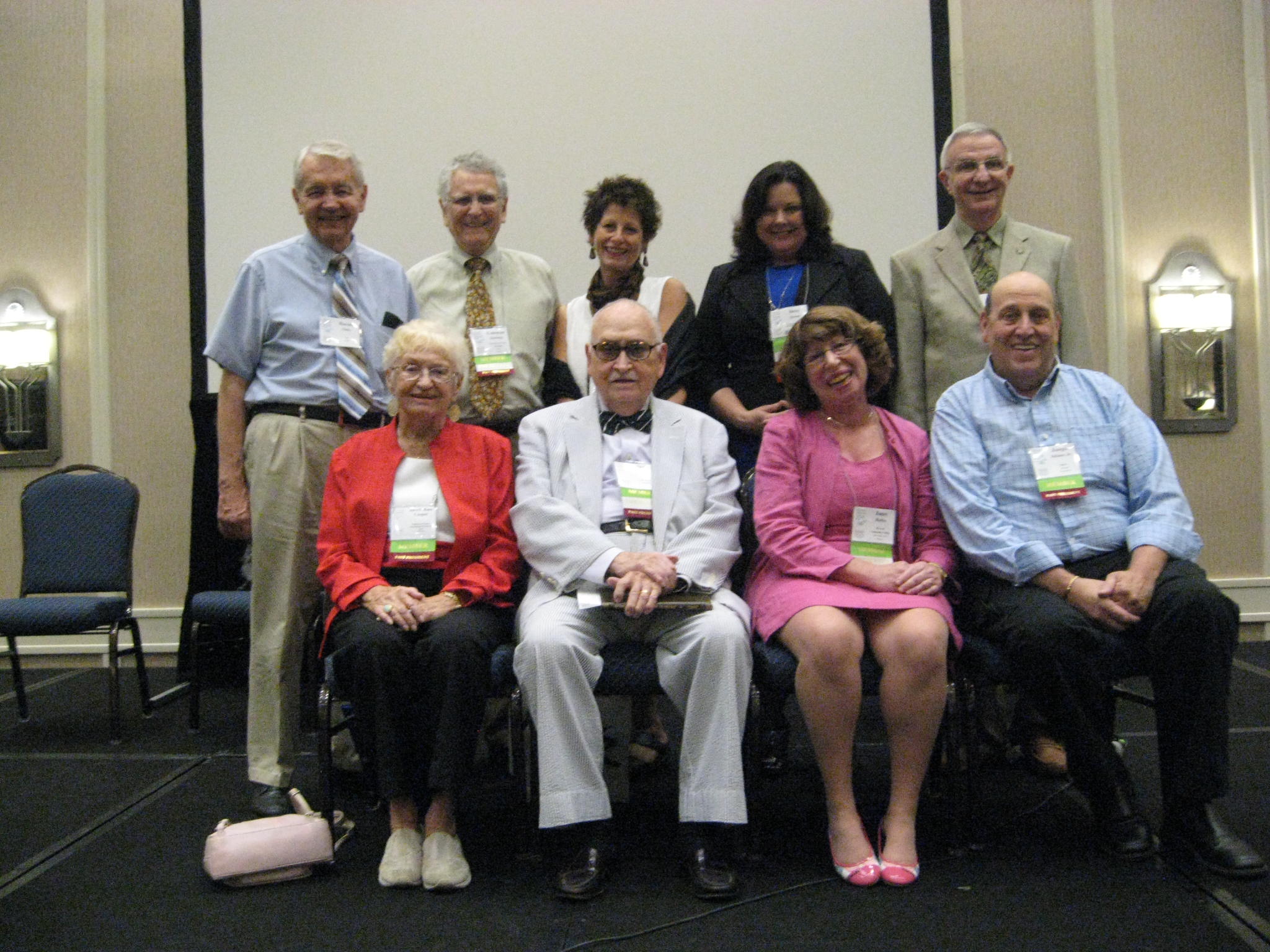i3 Project Directors Gather to Learn, Share, and Begin a New Project Year
Solving pressing education problems at scale, managing challenges posed by geography, engaging the community in school improvement, and sustaining reform efforts beyond federal project funding —these topics and more were tackled by i3 (Investing in Innovation) project directors and other key leaders who gathered in Washington, D.C., this past July. The i3 team held this second annual Project Directors Meeting on July 19-20, bringing together Department staff, i3 project directors and project personnel from the 2010 and 2011 grantee cohorts. Project evaluators and education leaders were also important contributors to this event. The event provided the grantees a range of experiences designed to assist them in their work as OII grantees and to help them build relationships with other i3 projects and personnel.
For those who received i3 support in FY 2011, the opportunity to get advice and guidance from their FY 2010 peers was invaluable. “It was especially great to hear that others were facing some of the same challenges I face,” said first-year project director Toria Williams of the Alliance for College-Ready Public Schools.
Drama and Theatre Educators Are Ready for the Next Act
 AATE past presidents reflected on 25 years of efforts to strengthen the role of drama and theatre in schools and the lives of children and youth in a special conference session. Pictured (front row, left to right) are Judith Kase-Cooper, Orlin Corey, Janet Rubin, Joe Juliano and (back row, left to right) Harold Oaks, Coleman Jennings, Joan Lazarus, Betsy Quinn, Kim Alan Wheetley. AATE Past President Rives Collins, not pictured, moderated the discussion. (photo courtesy of the Child Drama Collection, Arizona State University, Tempe, Az.) The theme of this year’s American Alliance for Theatre and Education (AATE) conference was “Looking Back and Charging Ahead.” On the one hand, the nearly 400 conference attendees recently gathered in Lexington, Ky., to celebrate the 25 years AATE has served its membership of teachers and teaching artists, postsecondary educators and researchers, youth theatre companies, playwrights, and advocates. The “looking back” portion included a special session at which a number of the association’s past presidents and other leaders shared stories of the quarter-century-long effort to keep the light shining on the importance of drama and theatre for children and youth.
AATE past presidents reflected on 25 years of efforts to strengthen the role of drama and theatre in schools and the lives of children and youth in a special conference session. Pictured (front row, left to right) are Judith Kase-Cooper, Orlin Corey, Janet Rubin, Joe Juliano and (back row, left to right) Harold Oaks, Coleman Jennings, Joan Lazarus, Betsy Quinn, Kim Alan Wheetley. AATE Past President Rives Collins, not pictured, moderated the discussion. (photo courtesy of the Child Drama Collection, Arizona State University, Tempe, Az.) The theme of this year’s American Alliance for Theatre and Education (AATE) conference was “Looking Back and Charging Ahead.” On the one hand, the nearly 400 conference attendees recently gathered in Lexington, Ky., to celebrate the 25 years AATE has served its membership of teachers and teaching artists, postsecondary educators and researchers, youth theatre companies, playwrights, and advocates. The “looking back” portion included a special session at which a number of the association’s past presidents and other leaders shared stories of the quarter-century-long effort to keep the light shining on the importance of drama and theatre for children and youth.
By the time I arrived on the second day of the conference, the emphasis had shifted to the present and future. My task was to share the recent findings of a nationwide survey of the conditions of arts education, one that also offered comparisons of those conditions of arts teaching and learning with data from 1999-2000—prior to the No Child Left Behind Act. My presentation would unfortunately remind attendees that between 2000 and 2010, the percentage of elementary schools offering instruction in drama and theatre had plummeted from 20 percent to four percent. At the secondary level, the drop was less dramatic but sobering just the same—less than half of secondary schools nationwide offered students the opportunity to study theatre. It’s hard to shine a light on what’s not on the stage.
Ten Years of Arts Integration
In the past 10 years, the Arts in Education Model Development and Dissemination (AEMDD) and Professional Development for Art Educators (PDAE) grant programs have unleashed the creative minds of students, deepened their learning experiences in core academic subjects through arts integration, and enhanced the knowledge and skills of teachers to meet high standards in the arts. Both programs emphasize collaborations between school districts and non-profit organizations that result in a well-rounded education for all students as well as greater student engagement across the curriculum and increased school attendance by both students and teachers. In addition, AEMDD projects, using rigorous evaluation measures, have documented gains in academic achievement by students involved in arts-integrated teaching and learning compared to their peers.
Call for Peer Reviewers for FY 2012 Promise Neighborhoods Competition
The U.S. Department of Education, Office of Innovation and Improvement (OII), is seeking individuals to serve as peer reviewers for the FY 2012 Promise Neighborhoods planning and implementation grant competitions. Promise Neighborhoods is a competitive grant program that supports cradle-to-career services designed to improve educational and developmental outcomes for students in distressed urban and rural neighborhoods.
Schools, Districts, and States Transform Seat-based Requirements into Competency-based Pathways to College- and Career-Readiness
Secretary of Education Arne Duncan, in addressing the "new normal" schools are facing – tight budget times that call for doing more with less and finding ways to innovate, increase efficiency and effectiveness, and accelerate reform – released promising practices last March to help states, districts, and schools meet this extraordinary challenge. The Department, in furthering the Secretary's efforts, offered a set of additional innovative approaches and best practices, Increasing Educational Productivity, last May.

